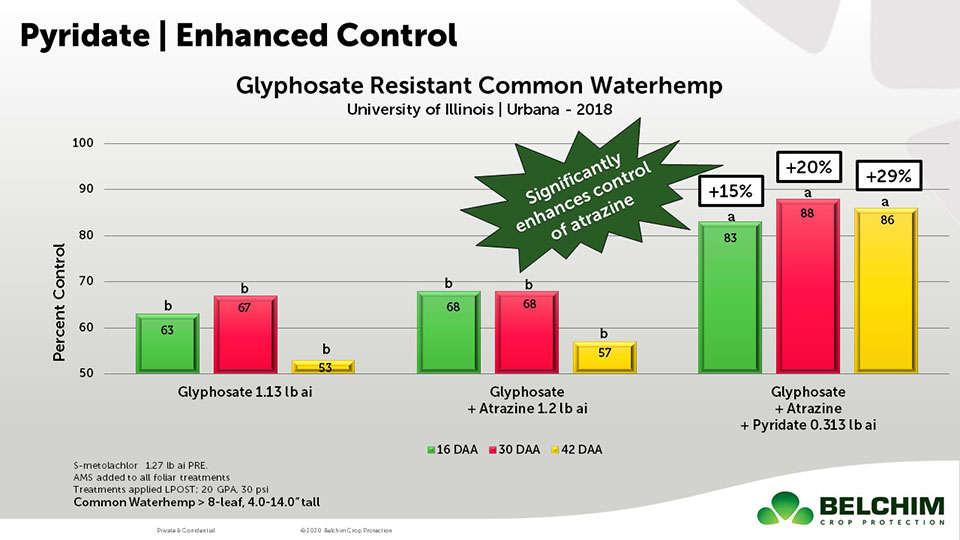Are We At The Limits Of Crop Technology?
By now, we’ve all heard about agriculture’s ultimate goal to help feed a global population base of nine billion souls by 2050. We’ve also been told much of this effort will be accomplished through myriad means, including new cropping technologies, sustainability and precision ag-oriented planting/crop input distribution.
But will any of this make a real difference in crop yields? According to one new study, maybe not.
Last week, a new study released by the Institute of Agriculture and Natural Resources at the University of Nebraska-Lincoln (UNL) suggested that 30% of the world’s cereal crops may have already reached their maximum yields. This included rice, wheat and corn, which provide dietary nourishment to approximately three-fourths of the global population.
“We found widespread deceleration in the relative rate of increase of average yields of the major cereal crops during the 1990-2010 period in countries with the greatest production of these crops,” reported the study. For example, UNL researchers noted a linear yield of corn in recent years in the U.S. despite a 58% increase in the research and development funding for the crop.
In the past, the study pointed out that crop yields have been improved through the introduction of specialized varieties, irrigation infrastructure and commercial fertilizers and crop protection products. But to maintain these kinds or increase them, the UNL study suggested that growers would have to adjustment how they grow crops. This could include planting crop rows closer together and exercising better weed/pest control.
However, according to one study co-author, this might not be enough. “Today, with farmers achieving much higher yields than at the beginning of the green revolution, there are no silver bullet technologies that can give substantial increase in yield,” said Kenneth Cassman, professor of agronomy and horticulture at UNL.
Now obviously, this is a new study and it will take time to validate all its conclusions. But it does merit some consideration as agriculture moves forward with its ultimate goal to feed all the world’s inhabitants.






